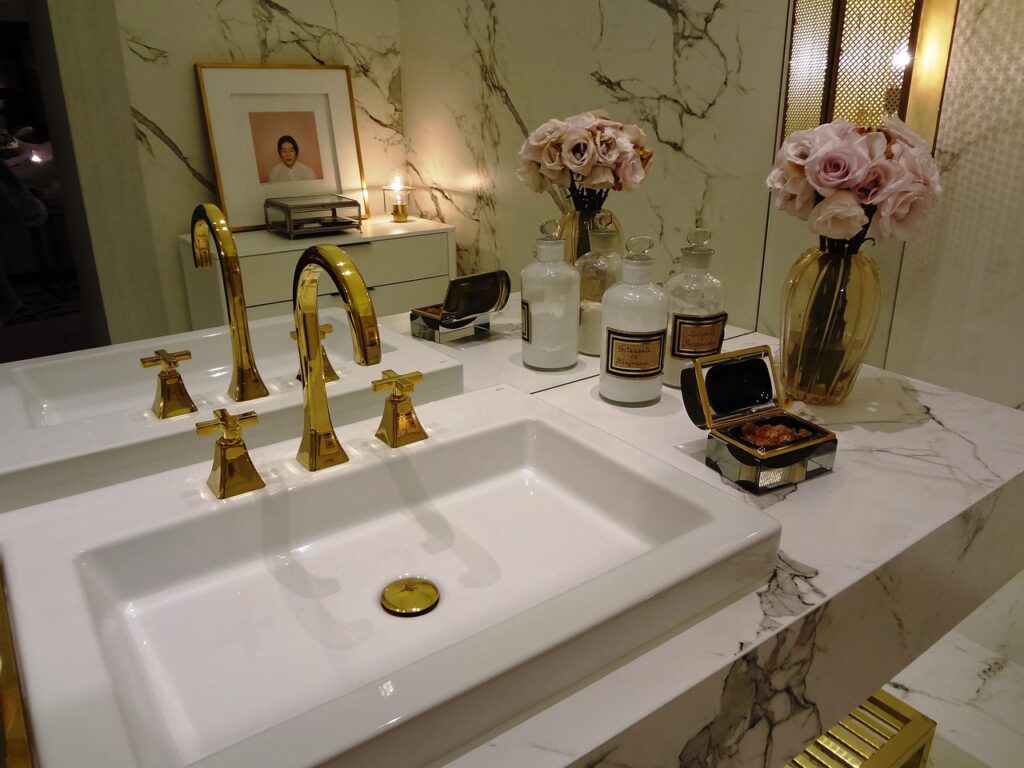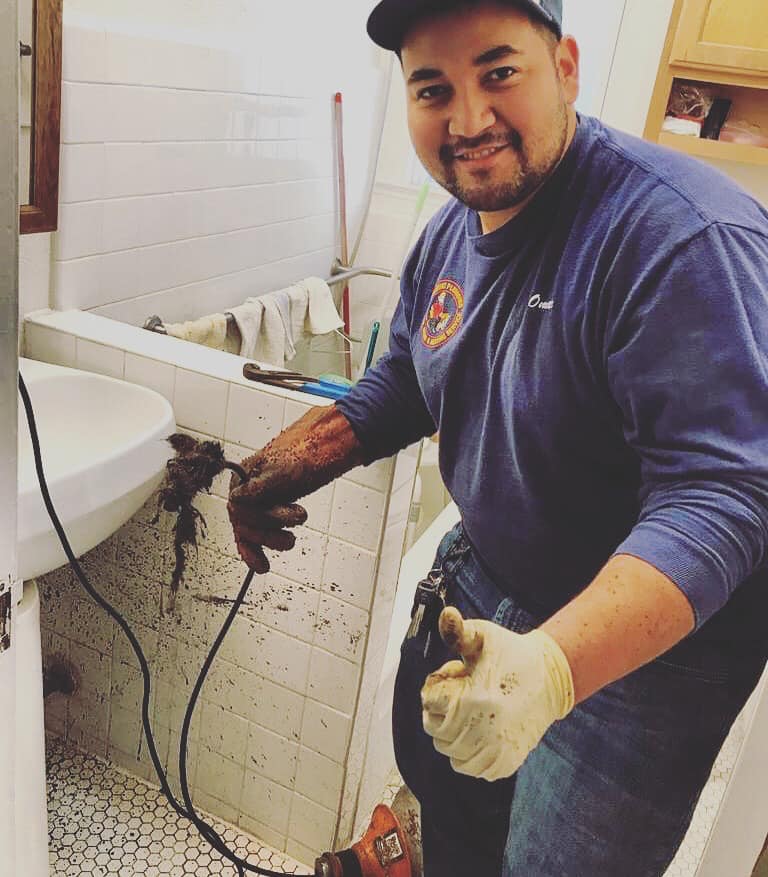While having a local plumber you can trust with all your residential plumbing needs is essential, it still pays to know the 3 most common types of plumbing problems you can experience at home and how to fix them.
Below, we list the 3 typical plumbing issues that most households experience today and DIY strategies that you can try at home.
Clogged or Slow Drains
Whether you are dealing with a shower drain or your kitchen sink, clogged and slow drains can happen frequently. They are caused by several factors, such as the build-up of food, soap, hair, or even hardened grease sticking to the pipes.
How To Identify Clogged or Slow Drains:
A clear sign of this is water buildup. If you notice that the water levels rise quickly but either go down very slowly or not at all, this is often the result of a clogged drain.
How To Fix A Clogged or Slow Drain:
Either a plunger (different from the one used in your toilet, please!) or a drain snake can fix a drainage problem. A drain snake is a straightforward yet very effective tool. You simply insert the head of the snake into the drain until you feel a little resistance. You then tighten the clamp and slowly turn it clockwise, then gently pull it out. It should be able to take whatever was clogging the drain with it.
How To Prevent A Clogged or Slow Drain:
There are two main ways to prevent a clogged drain. The first of which is to use a drain strainer that can catch debris before it enters the pipes. The second way is to ensure that you do not put any foreign objects into the drain.
Leaking Faucets
Your faucets are used multiple times a day – this can eventually loosen a few things and cause them to leak. Not only do leaky faucets result in water retention problems but they can also increase your monthly utility bill.
How To Identify Leaky Faucets:
This may sound pretty self-explanatory, however, some leaky faucets may not be as obvious as you think. For instance, faucet leaks can happen at the base of the neck instead of the head. For this reason, it is best to check for water buildup in the area. Moreover, if the handles become difficult to turn, are noisy, or are too loose, it may soon turn into a leak.
How To Fix A Leaky Faucet:
More often than not, leaky faucets are due to worn-out washers and O-rings. You can fix it by shutting off your water supply, carefully removing the faucet neck, and checking the condition of your washer or O-ring. These are also very cheap so you might as well replace them to cover all bases. If the leak persists, it is best to call a plumber.
How To Prevent A Leaky Faucet:
The best you can do is regularly clean mineral build-up and replace necessary parts (o-rings, washers, seals, etc) every few years or as needed. Moreover, if you notice that your water pressure at home is high, it is best to buy a regulator to ensure this does not damage your fixtures.
Running Toilets
Another common cause of a sudden spike in your water bill is a running toilet.
How To Identify A Running Toilet:
You can tell by the never-ending sound of running water coming from your toilet bowl. You can also test it out by adding a few drops of food coloring to the tank and if the water inside the bowl changes color, that can confirm it.
How To Fix A Running Toilet:
Check the height of your overflow tube as it should be about an inch below the tank lever opening, and the water should be about an inch below the overflow tube. If it is too short, it can cause water to overflow and you will need to replace it.
If it’s the right height, check your water level and adjust it with the float rod or ball to ensure it’s an inch below the overflow tube. If the toilet still runs, check the flush valve chain and ensure it is not too long or short, as either can result in a steady stream.
If all of these areas are working fine, you may need to replace the flapper, flush valve, or fill valve. In this case, it would be best to call a plumber.
How To Prevent A Running Toilet:
You can prevent a running toilet by making sure all the parts installed are of proportionate sizes, and also by regularly inspecting parts that could get worn out in time.
Conclusion
While these DIY techniques are handy, we highly recommend turning to a professional residential plumber for persistent issues, or other issues that require specific expertise. For a full list of residential plumbing services, contact Discount Plumbing Rooter Services today!







